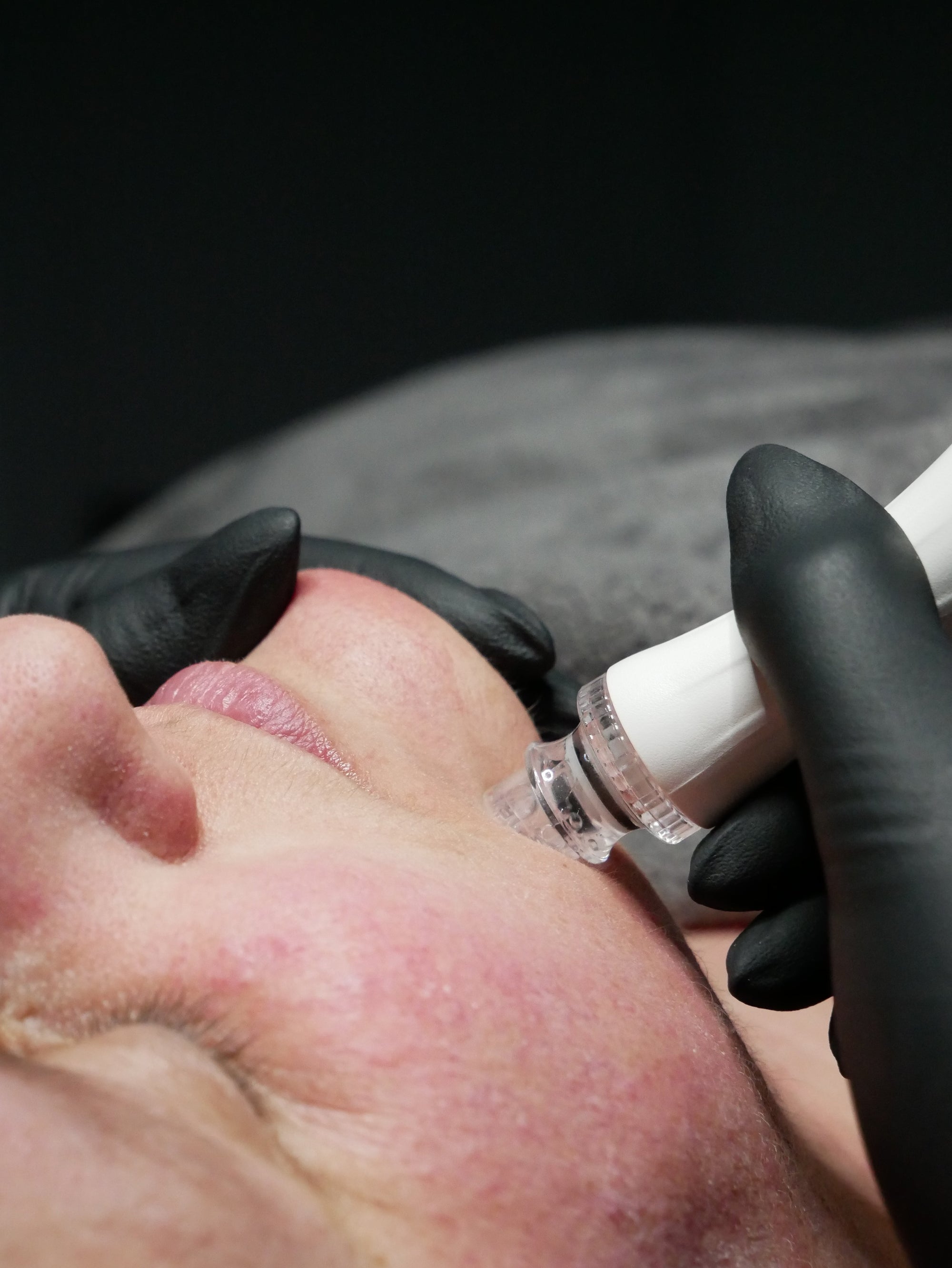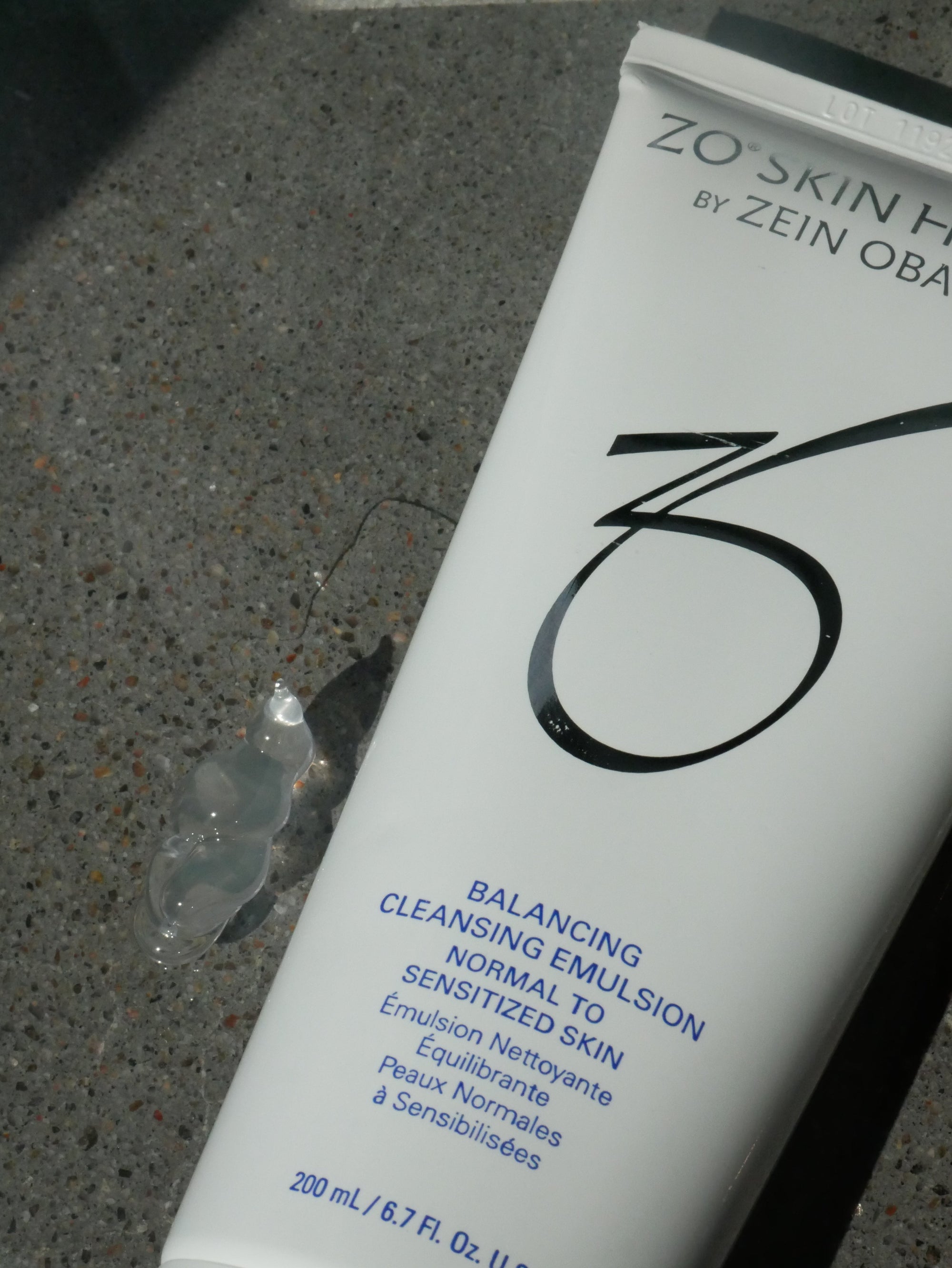To better understand skin reactions, it is useful to know the different cells and types of cells that make up the skin system and that interact with medical-aesthetic treatments.
Here are some key cells to know:
1. Keratinocytes
- Description
- Role in Skin Reactions
Keratinocytes play an essential role in protection against external aggressions, such as UV rays and chemicals. They also participate in wound healing and the inflammatory response by releasing cytokines.
2. Melanocytes
- Description
Located in the basal layer of the epidermis, melanocytes are responsible for the production of melanin, the pigment that gives color to the skin.
- Role in Skin Reactions
During sun exposure or inflammation, melanocytes can increase melanin production, leading to pigmented spots or hyperpigmentation.
3. Fibroblasts
- Description
- Role in Skin Reactions
4. Immune Cells (Lymphocytes, Macrophages, Mast Cells)
- Lymphocytes
- Macrophages
- Mast cells
5. Langerhans cells
- Description
- Role in Skin Reactions
They capture antigens and present them to T lymphocytes, thereby initiating the immune response. They are also involved in allergic reactions and autoimmune diseases.
6. Adipocytes
- Description
- Role in Skin Reactions
Adipocytes play a role in regulating body temperature and serve as an energy reserve. They can also influence inflammation and wound healing.
Understanding the role of these different cells in the skin system helps to better grasp skin reactions, whether they are due to medical-aesthetic treatments, allergies, infections, or other environmental factors. Each type of cell plays a unique role, and their interaction is essential for maintaining the integrity of the skin and responding to external aggressions.
If you wish to deepen your knowledge about skin cells or get advice on skin care, feel free to consult our team of experts.


